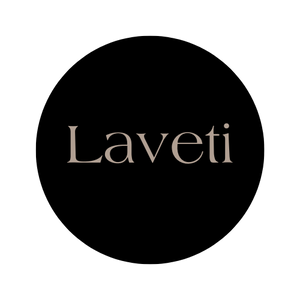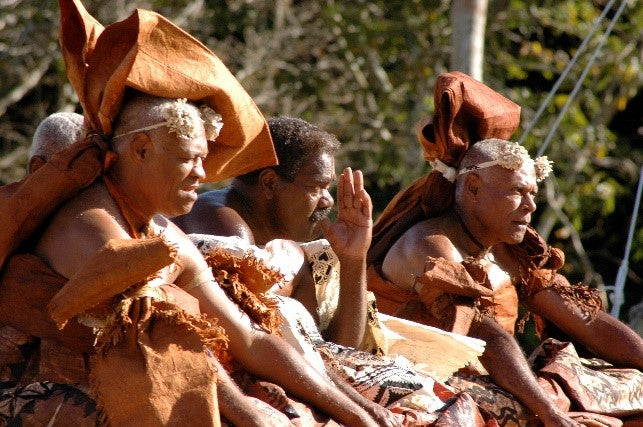What is Masi?
Masi in the Fijian language refers to the Paper Mulberry tree (Broussonetia papyrifera) and also the cloth that is made out of its bark. This tree is native to Taiwan and Southeast Asia. It is widely known throughout the Pacific Islands as 'tapa' which is the Tahitian name in Tonga, tapa is known as ngatu, in Samoa - siapo, Niue - hiapo, New Zealand - aute, and Hawaii - kapa. The earliest known use of tapa was in Indonesia. Amongst a range of plants, animals and other items, it is said that the Lapita people who settled throughout the Pacific Islands brought with them the Paper Mulberry plants, to propagate in their new home land.
Masi is available in its natural white colour and can also be smeared in cane juice and coconut oil and smoked to give it a rich brown earthy colour. This is known as masi kuvui and is only the traditional insignia of those of high chiefly status. It can also be soaked in turmeric (or cago in Fijian) to give it a strong orange colour, known as ‘masi rerega’. Fijian chieftains are also symbolically called ‘masi ni vanua’ showing the importance of masi as a chiefly adornment.
Author: Seini Racule
Editor: Simione Sevudredre
Photo: Fijian high chiefs dressed in masi kuvui during a large vanua state event.


